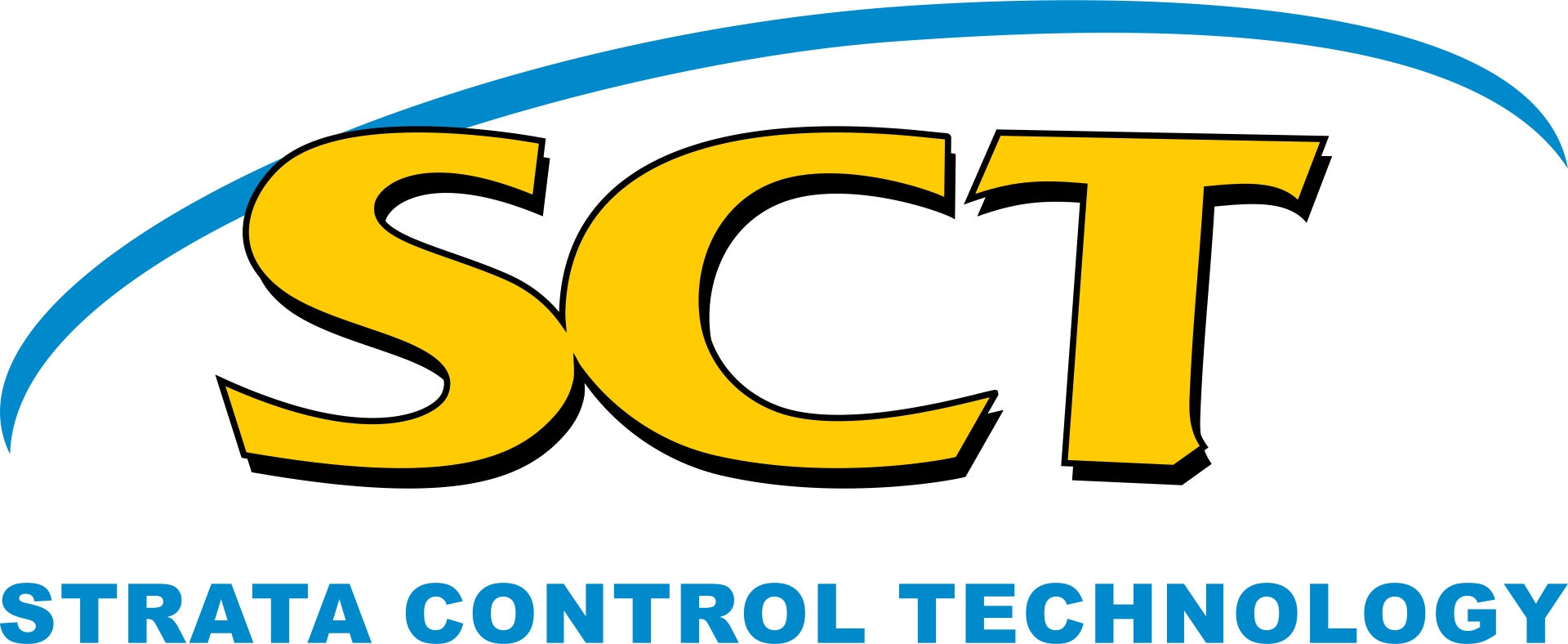SCT has used the ANZI strain cell and the overcoring method of stress relief to successfully determine the three-dimensional in situ stress in rock for more than 30 years. In 2015, a 48mm diameter version of the ANZI strain cell and supporting deployment systems were developed specifically for use in HQ exploration boreholes. Pilot hole preparation and instrument installation are conducted via drilling rig wireline operations without the need to trip drill pipe. Measurements to obtain the full, three-dimensional, in situ stress can now be made in HQ boreholes to depths in excess of 1000m, typically within 12-24 hours.
Each ANZI strain cell has 18 electrical resistance strain gauges. These strain gauges are bonded directly to the wall of a 48mm diameter pilot hole drilled concentrically ahead of an HQ hole. A high precision data logger fixed to the back of the ANZI strain cell records rock strain, temperature and fluid pressure at one second intervals. The elastic properties of the rock determined in three independent tests and the strain changes measured during overcoring stress relief are used to estimate the full, three-dimensional, in situ stress tensor at the point of measurement. Only six independent strain measurements are required for a unique determination. The remaining twelve gauges provide redundancy and a measure of confidence in the result. Further detail on the overcoring process is provided in a short animation.
SCT has now conducted over 300 overcore measurements using the 48mm ANZI strain cell in HQ exploration boreholes. These measurements have been conducted in a diverse range of geological environments, both domestically and abroad. SCT has been able to add significant value to our clients projects by obtaining these measurements at design stage in locations that were previously inaccessible until the mine or tunnel was developed.
For more information on three-dimensional in situ stress measurements and monitoring, please contact Dr Ken Mills or Jesse Puller.
Contact Us